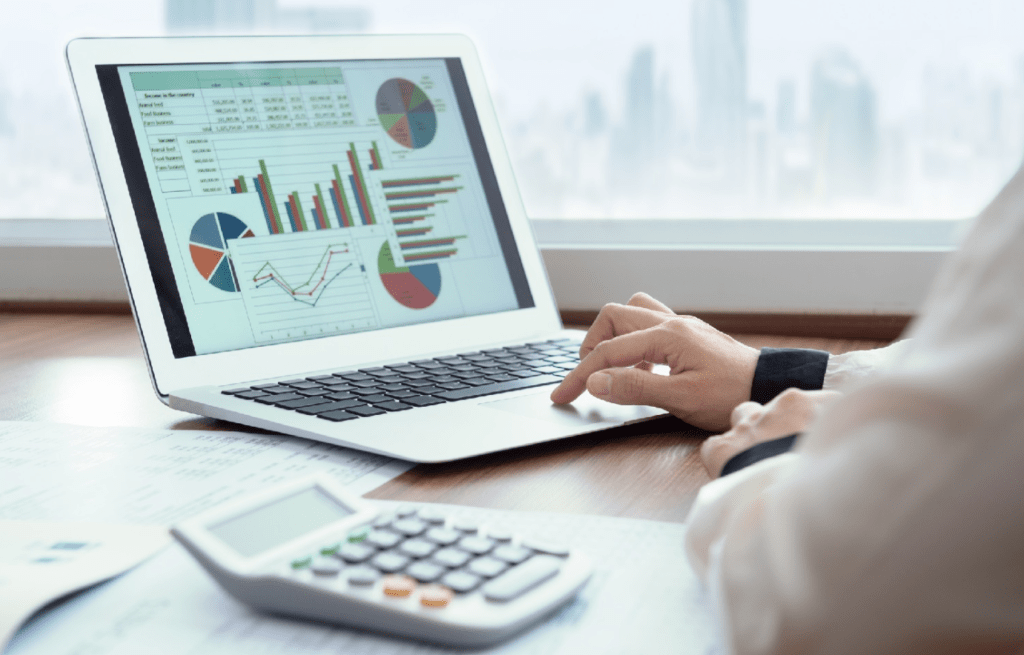When it comes to pricing in business, usage-based billing is nothing new. In fact, it has been around and in play for a very long time. However, in recent times, many business enterprises are warming up to the idea of using this pricing model to charge customers for their services.
What is usage-based billing?
Contents
Also commonly called a pay-as-you-go billing, the usage-based principle is one in which a customer is charged for the volume of service that is used. The bill is often sent to the customer at the end of a billing cycle detailing his or her consumption for the period. So, therefore, the fees charged to all customers is never the same because it is based on their individual consumption patterns. Customer A, for instance, may incur a much higher bill than Customer B due to A’s higher consumption of the service.
Types of Usage-based Billing Models
There are different types of billing models adopted by service providers. Today, many software companies and Saas platforms provide service providers with the infrastructure to operate metered billing. It will interest you to know that cloud-based usage-billing software function due in part, to one usage-billing model or more. We review some of the most commonly used models today.
- Tiered Pricing Model
A tiered model allows service providers to charge different fees for multiple packages. This model is adoptedby enterprises that have a variety of service combinations. All offered at different prices. With a tiered model, customers can opt for a package they can afford or are willing to pay for.
- Flat-fee Charge Model
Regarded as one of the most common pricing models of them all, a flat fee charge is simply a single fixed price. This fee is charged for the service, and there are no price or service combinations on offer. Just a single fee charged to all customers.
- Per Unit Model
Under this model, the service cost is expressed as a price unit. Essentially, the price is calculated based on the consumption volume of the customer. The total fee for the billing cycle is ascertained by multiplying the quantity or volume consumed by the unit-per price.
- Discount charge Model
Offering your customers discounts can be a good thing, but it creates a pricing problem of its own since you cannot charge the usual price for all that the customer consumes. This model allows businesses to control discounts as well as the duration for promos offered to customers. Under this model, we have the Discount Percentage and the Discount Fixed Amount.
- Volume Pricing Charge Model
A customer using a service charged at a volume price pays for the exact volume purchased. A pricing table is offered to the consumer providing the price details for each volume range. Each volume tier also has a specific list price, ending unit, and starting unit.
- Overcharge Model
Service providers who allow customers to get a certain volume of utility for the free use of this model. If the customer uses a quantity that exceeds the approved unit, the value of the excess unit will be included in the overcharged price. This model is commonly used by telecom companies for calls exceeding a set limit.
Benefits of Usage-Based Billing
There are several benefits your business can enjoy should you choose a usage-based billing strategy. Some of them are:
- Revenue Booster
Using a subscription pricing strategy may earn your business consistent revenue, but there is little room for revenue growth. Usage-based billing, on the other hand, allows your business to expand its revenue margins by taking advantage of additional earning opportunities emanating from consumer consumption patterns.
- Expand your customer base
Due to product price differentials, more customers will be willing to purchase your service. The great thing about usage-based billing is that it opens up different price -level entries that users can exploit. More customers are likely to patronize your service if they know that they will only pay for what they consume.
- Customer Flexibility
Usage-based billing also offers customers the flexibility to choose the package that suits their budget. It also affords them the opportunity to discontinue usage without incurring any cost for units not consumed.
- Access to detailed customer insight
Getting a full understanding of your customer consumption pattern is important to retain their loyalty and to offer them satisfactory service. Whether you are testing a new product or a new price model, you can better gauge consumer interest based on the product feature and value many of your users go for. If you understand buyer behavior, you can easily and quickly tweak your service and model to elicit the expected response and patronage from them.
No matter the product you offer or the industry you operate in, your business can attract and retain the loyalty of both old and new customers with the help of the Tridens Monetization platform. If you have decided to move on from a traditional billing model to a usage-based one, Tridens has the technology to aid a smooth transition at a minimal cost.

